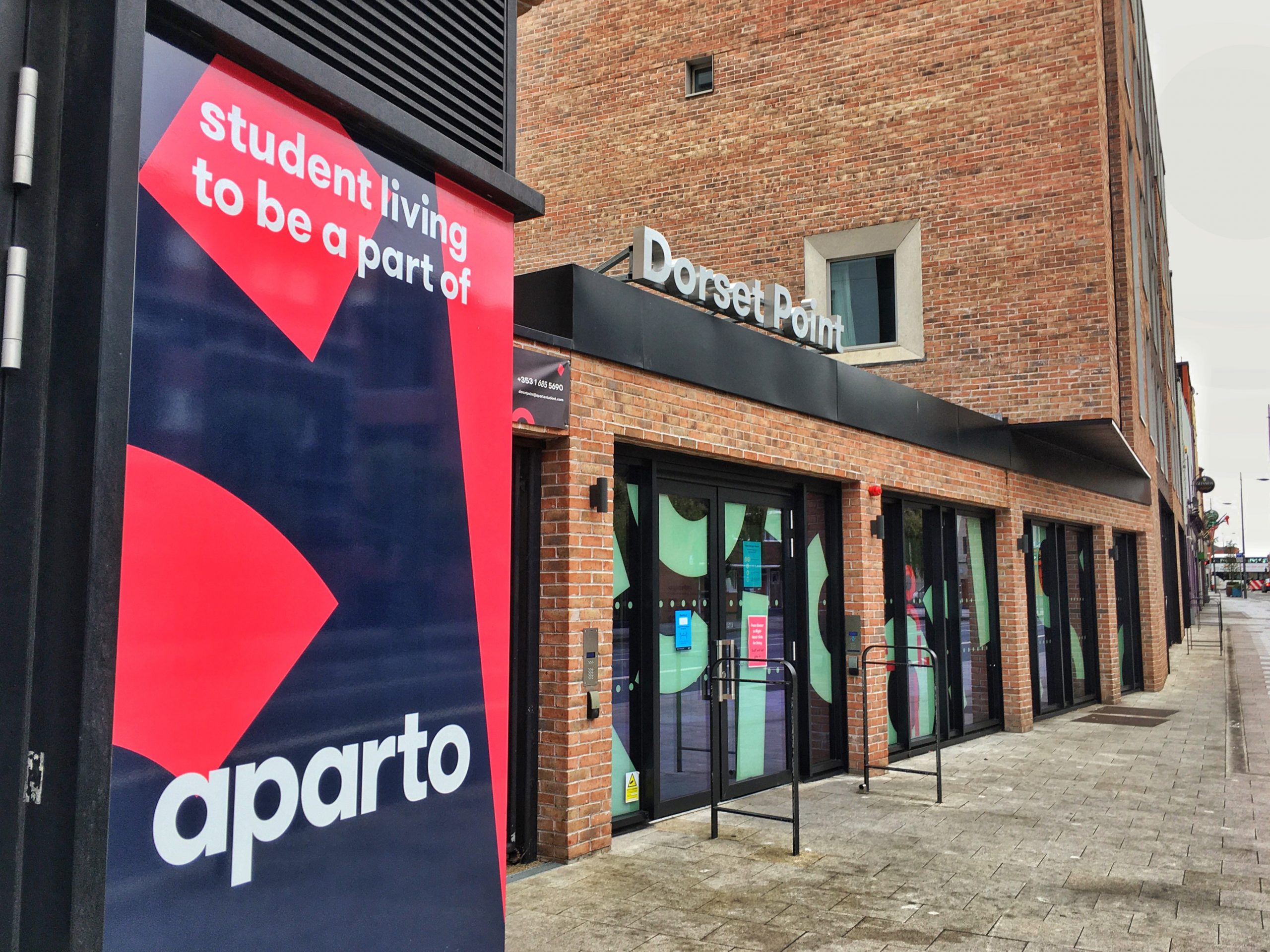Covid-19 has changed many sectors, perhaps fundamentally in many cases. We are not sure yet what global tourism will look like when it recovers. While the way we socialise is likely to have been upended, if not permanently then at least for the next few years to come. How and where we live, work and relax appear to have undergone a dramatic shift – in many regards the realisation of the technophile’s dream, with an internet connection replacing physical proximity as the key ingredient. How and where we learn is also fundamentally changing. While pre-primary, primary and secondary education are…
Cancel at any time. Are you already a member? Log in here.
Want to continue reading?
Join today with an Annual membership and get full access to The Currency for just €200 (68c per day) or try monthly membership for just €5 for your first month.

